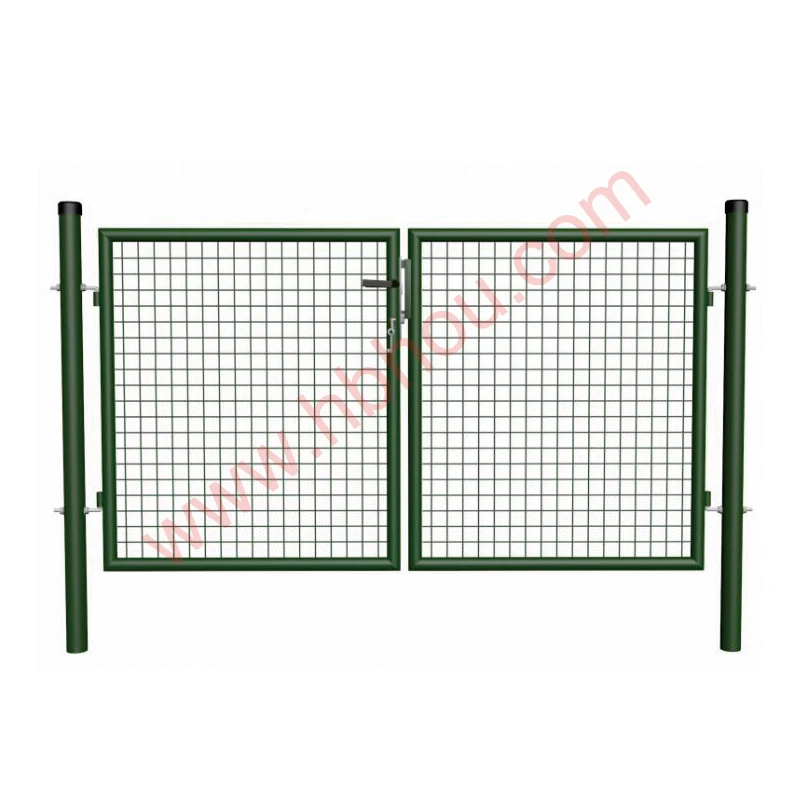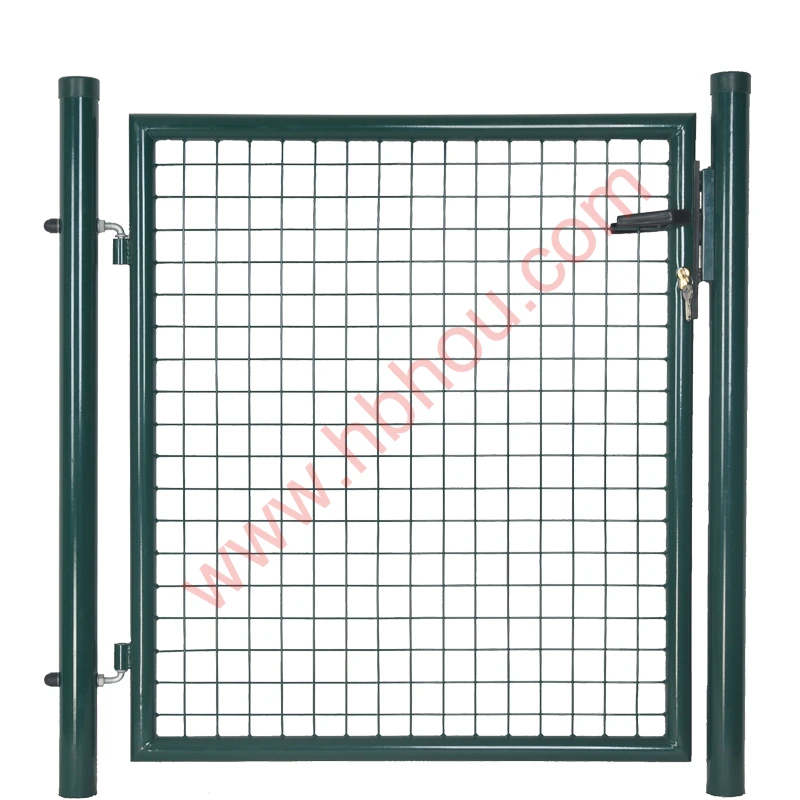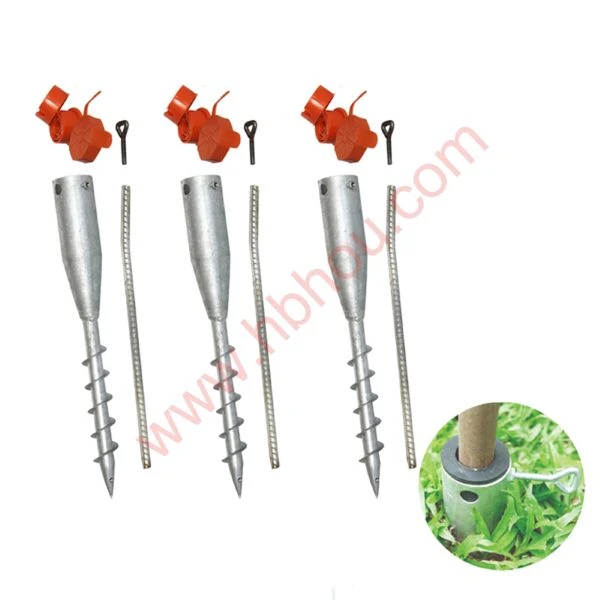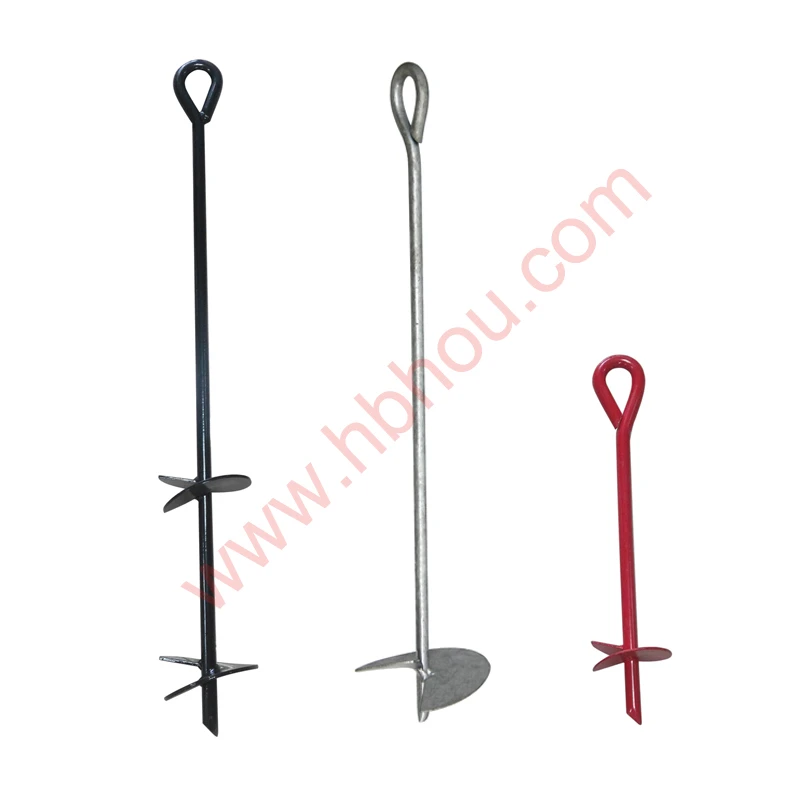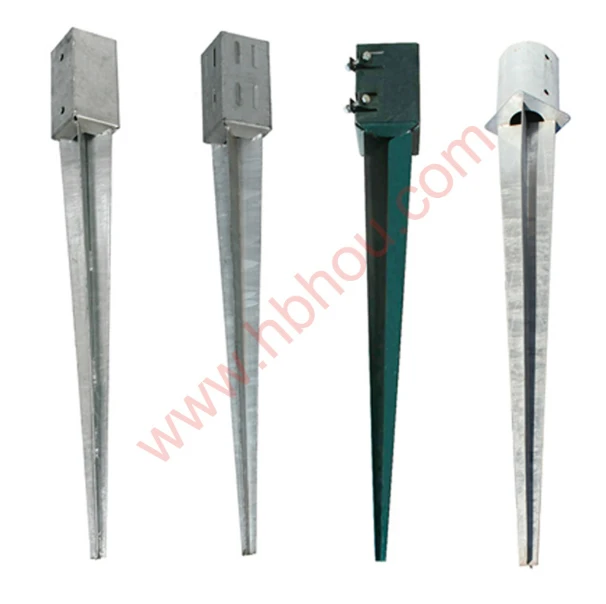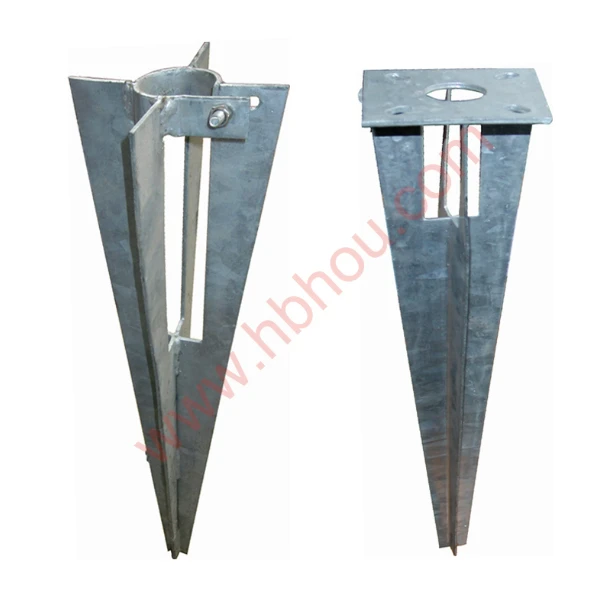The Importance of Window Screen Materials in Modern Homes
When it comes to creating a comfortable and energy-efficient home, the choice of window screen materials plays a pivotal role. Not only do they contribute to the aesthetic appeal of a house, but they also provide vital functionality by enhancing ventilation, reducing insect intrusion, and offering UV protection. As concerns about energy consumption and environmental impact increase, understanding the various types of window screen materials available is essential for homeowners who desire both practicality and style.
Types of Window Screen Materials
1. Fiberglass Screens Fiberglass is one of the most common materials used for window screens. It is lightweight, durable, and resistant to rust and corrosion, making it an excellent choice for various climates. Fiberglass screens are generally available in various mesh sizes, allowing homeowners to choose the level of visibility and airflow they desire. The fine mesh design keeps out even the smallest insects, while allowing fresh air to circulate. However, fiberglass can fade over time when exposed to direct sunlight, so it is essential to choose screens that offer UV protection for longer-lasting performance.
2. Aluminum Screens Aluminum is another popular option due to its strength and durability. Unlike fiberglass, aluminum screens are more robust and can withstand wear and tear from pets and extreme weather conditions. They are resistant to rust, making them suitable for coastal areas with high humidity. However, aluminum screens are heavier and can dent or bend if struck. They generally come in a variety of colors, allowing homeowners to match them with the aesthetics of their home.
3. Stainless Steel Screens For those seeking the highest level of durability, stainless steel screens are an excellent choice. They are exceptionally strong, rust-resistant, and can provide a higher level of security than other screen types. Stainless steel screens are often used in commercial applications but can also be found in high-end residential properties. While they might be more expensive than fiberglass or aluminum, their longevity and performance can justify the investment.
4. Retractable Screens Retractable window screens are a modern innovation that offers flexibility and versatility for homeowners. These screens can be easily rolled up when not in use, allowing for unobstructed views and easier cleaning of windows. They are available in both fiberglass and aluminum materials and are ideal for those who want the benefits of window screens without compromising on aesthetics. Retractable screens are becoming increasingly popular in contemporary home designs due to their sleek appearance and practicality.
window screen material

Factors to Consider When Choosing Window Screen Materials
When selecting window screen materials, homeowners should consider several factors, including climate, location, and personal preferences. In warmer climates, screens that allow high airflow while blocking UV rays may be a priority, whereas, in areas prone to heavy storms, robust materials like aluminum or stainless steel may be necessary.
Additionally, aesthetic appeal should not be overlooked. The color and design of window screens can significantly impact the overall look of a home. Homeowners should choose screens that complement their windows and exterior design. Customizable options are now available, offering more choices than ever before.
Benefits of Window Screens
The primary benefits of window screens extend beyond insect prevention. They can help improve energy efficiency by reducing the need for air conditioning in warm weather, allow natural light into the home while blocking harmful UV rays, and enhance ventilation without compromising safety or comfort. Moreover, screens also deter pets from scratching at open windows and can provide a layer of privacy without completely obstructing views.
In summary, the choice of window screen materials is a critical consideration for any homeowner. Whether selecting fiberglass, aluminum, stainless steel, or retractable options, each material offers unique benefits that can enhance the functionality, appearance, and energy efficiency of a home. By weighing the pros and cons of each material and considering personal needs, homeowners can make informed decisions that contribute to a more comfortable and enjoyable living environment.









